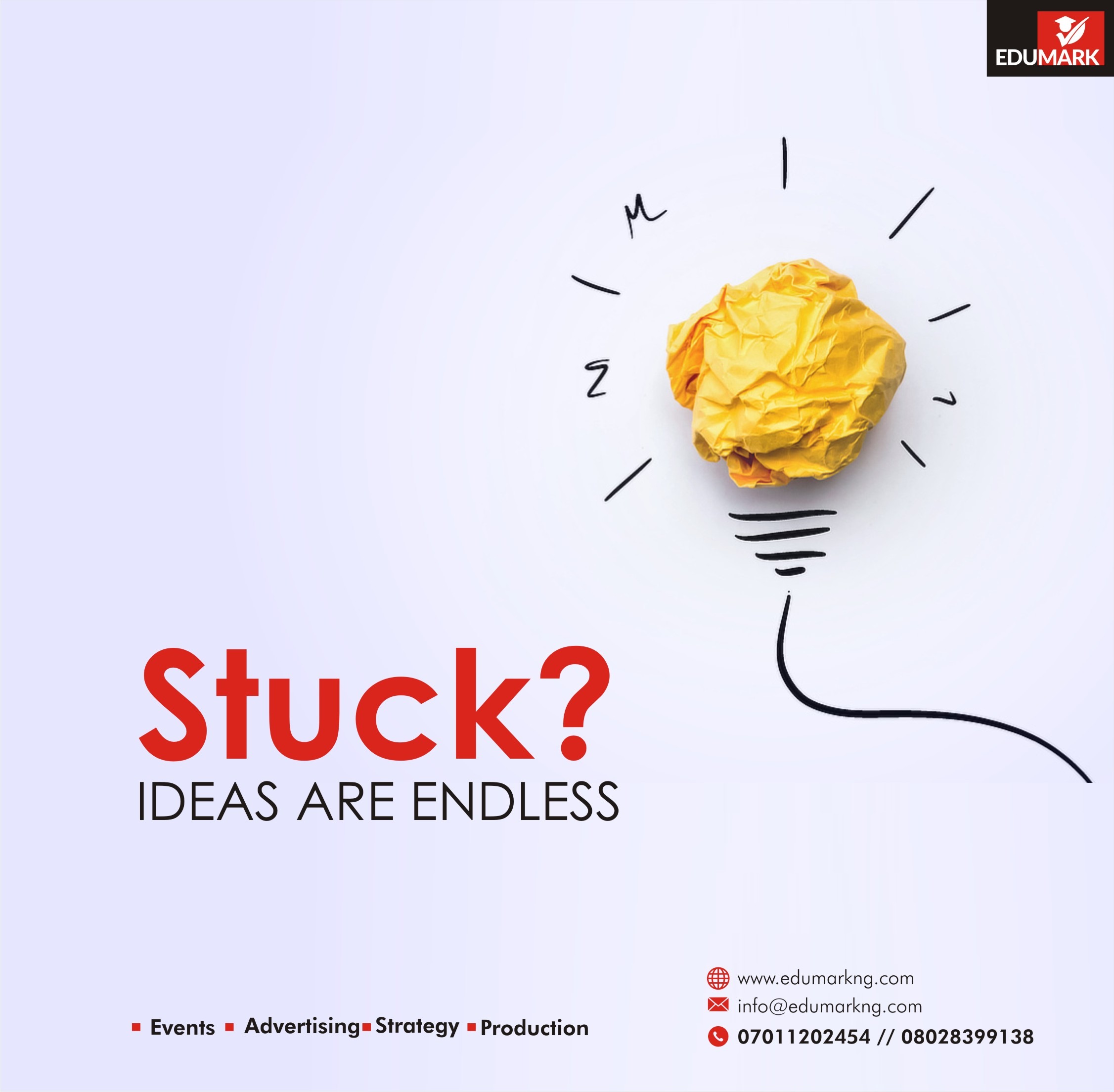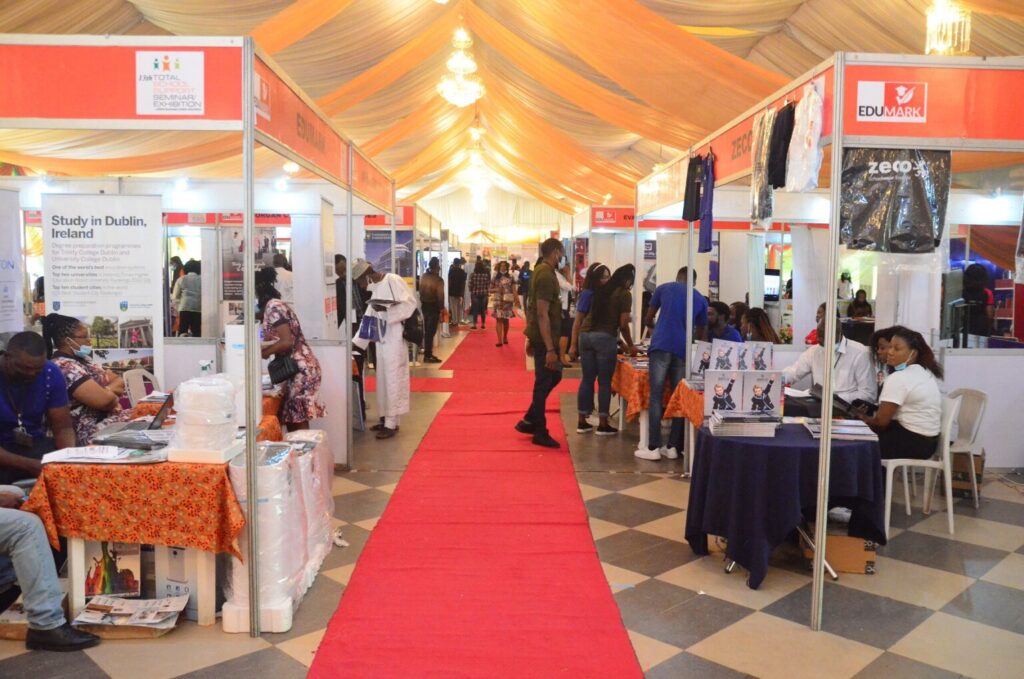
The year 2019 has ended, with it, a decade. Putting the year 2019 under review, there are couple of lessons to be learned when it comes to handling businesses. Below are highlights for boosting your business productivity in 2020.
Some ideas might seem basic at the surface and business owners may tend to ignore them, but these “little things” should not be taken for granted. This brings us to the first tip of having a productive business in 2020.
Know Your Customer
Know your consumer needs and develop products that help satisfy those needs. The all essence of creating a business is to provide solutions to solve other people’s problems.
One big pitfall most businesses have run into is getting comfortable with a routine, forgetting that the tastes of the consumer are ever-changing despite its originally eclectic nature. Business owners should always find a way to tweak already existing products to meet these changing demands. Ever wondered the need for Coke Zero when the normal Coca-Cola was selling by the truckloads?
Identifying consumer needs is not as difficult as it might sound. It takes engaging your consumers in discussions. Encourage them to give feedback on the products. As much as it depends on you, keep your services as personalised as possible. Always acknowledge these comments; it just might encourage them to send another.
Boost and Nurture Customer Relations
Most businesses, if not all, want new customers. But what is a new customer if you lose two of your old ones! Old customers are usually the source of new ones, directly or indirectly. So nurture those old clients.

You can do this by staying in contact with them via different means. Newsletters, emails, text messages – these are just a couple of ways to do this. Try to always make these means of correspondence personalised.
Grow Your Network
Invest time in building your networks. Who you know is more important than what you know. Therefore try to get to meet more people. Attend networking events and do not be hesitant to put your business out there.

Possible benefits of networking include the possibility of customer referrals by word of mouth; it is a form of marketing. Another benefit is that you could get positive ideas on how to further grow your business. If possible, have discussions with your fellow competitors. It almost always pays.
Utilize Social Media
Social media is a powerful tool for businesses. It provides an easy platform to conduct market research, get consumer feedback and even promote and advertise your business. The best part is that it is relatively easier and cheaper to run when compared to other traditional methods, and it undoubtedly yields better results.

As common as social media is, some businesses have overlooked this goldmine. It so happens that some don’t have a social media presence while some others have not gone through the process of growing their brand’s visibility on the network. What this means is that those ventures miss out on prospective clients that are teeming on social media, feeding off scraps. Hence, try to boost your visibility on social media. Take advantage of Brand Influencers, create sponsored ads, grow your following by posting relevant and fun posts, and so on. Your clients are on the timeline.










